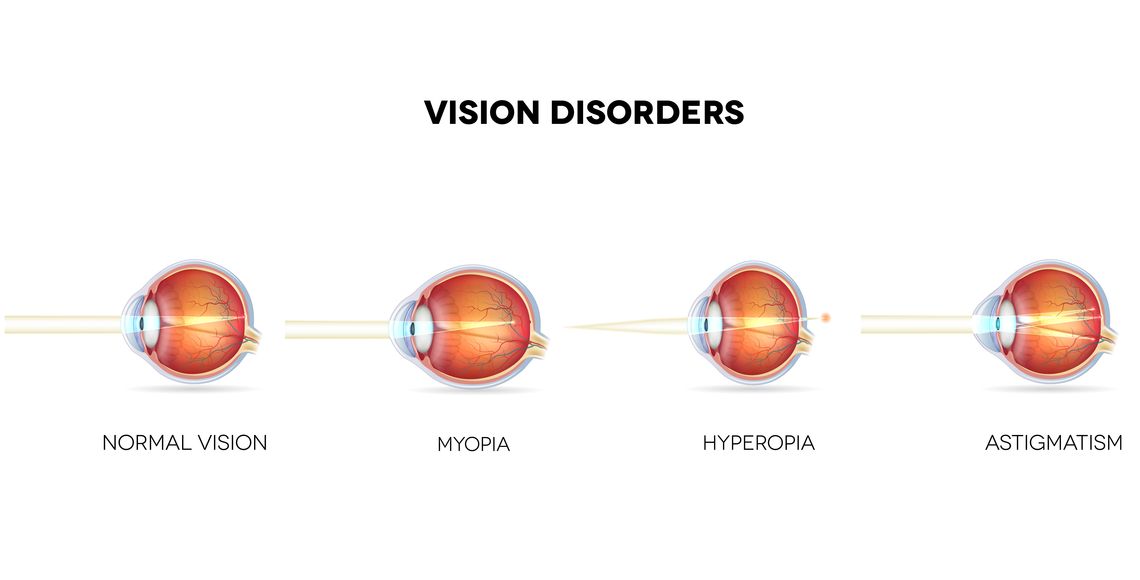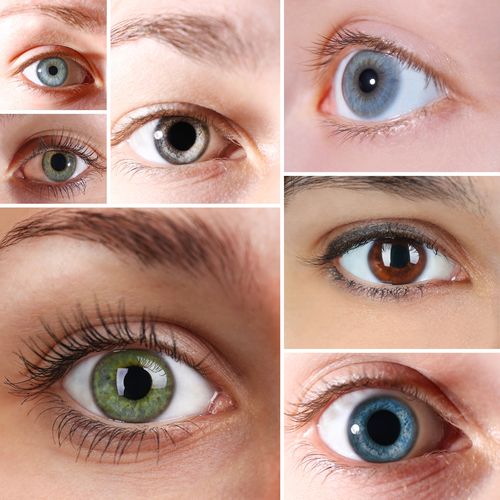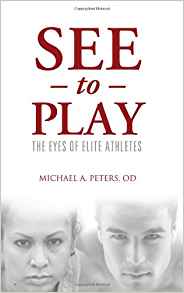-

- Menu !-- Book -->
- Themes
- Health
- Advanced !-- MnM -->
- Mind / No Mind


By ScienceDirect - rapid increase of myopia in East Asia and elsewhere. The power of sunlight?

By Ocuport - Emmetropia, Myopia, Hyperopia, & Astigmatism explained

On this page are numerous videos which talk about common vision problems, and common solutions offered by our medical establishment. Some of the videos presented are advertisements, but of course, they don't talk and/or emphasize the side effects. We'll provide some links for that in the future. If you want sugar coating, go somewhere else.
The first video is a nice introduction to the current state of things. Done by an Australian news TV program. Covers Inuit, Western, and Asian populations. Nicely done. Inuit population - 1 generation - 2% to 60%+. One note though, sunlight is just part of the puzzle. And when optometrists mention genetics, that is a simplistic answer. What they are really saying, is 'I don't know,' but they won't say that. Dark energy...and unhealthy EMF energy from laptops, touchscreens (ever notice how many people use these in retail environments now!?), mobile phones (smart or not), wi-fi everywhere (mandatory in a lot of schools now)... and well there are more reasons....
The second video, which has a superfast narration, is interesting, but only tells part of the tale, and of course, they don't tell you how to reverse eye issues. Oh, and they mention nothing about EMFs. Ignorance is bliss, until it isn't.
Wait, if sunlight is being shown to be good for us, why do so many people think it is so bad - especially for our eyes? Why do so many wear sunglasses? If it was up to the sunglass manufacturers and some optometrists, all children and adults would be wearing sunglasses. Because UV is bad and sunglasses makes you look cool. Really? Look up DRUG PHOTOSENSITIVITY. Many modern pharamaceutical drugs (and in food - as drugs are fed to domesticated animals) make us afraid of light, or rather, they make us think that it is too bright and therefore convince ourselves then that we need sunglasses, rather than analyzing what we put in our mouth - food or drugs. But what about skin cancer, sunscreen, sunburn.....it's all related to what we eat, drink, and environmental toxins we expose ourselves too.
UV Weeds / wheat and Horses (Animal Science)And when you realize your opinions about UV light are incorrect / mistaken, what else could you be wrong about?
If you want to be UNcommon and have improving vision over time, rather than degrading vision, then you need an UNcommon solution!
Read the book first.
Background photo by W.C. Peace - snowmobiling in Svalbard, Norway
Here will be articles related to common vision issues. Those related to visual acuity and degeneration. Myopia, hyperopia, astigmatism, macular degeneration, and cataracts.
Myopia Boom (Nature)
Epidemic is Real (ScienceDirect) - related text article to 1st video
Prevalence of myopia and its association with body stature and educational level in 19-year-old male conscripts in seoul, South Korea. (NCBI) - link to research article
Questions:
Can (Advanced) Mind / No Mind fix color blindness? Answer: Unknown, but we don't see why not. Who wants to try?
Here will be articles talking more about the side effects of various surgeries - LASIK, implants, or otherwise.
Would you believe that I once considered getting laser eye surgery in the future seriously. Or that I once invested and lost thousands of dollars in an early eye implant company (Keravision)? This is an occassion where losing money was actually a blessing though.

Elsewhere in this section on the eyes, we mentioned a book titled - See to Play. This book on how elite athlete eyes are different than regular athletes' eyes, as well as the general populace, is a treasure trove of information for anyone who is looking to improve their vision.
Here are some highlights from the book.
- The average of NFL, NBA, MLB, and NHL players needing vision correction was 21% in 2009-2010 seasons. From a low of 16% in NBA to 29.6% in MLB. (p.2)
- Elite athletes are defined as those who make it to the professional league of the above, as well as the PGA, LPGA, MLS (soccer), and Olympics. Thus, a very narrow slice of the general populace. Statistics are included that note how many high school players get to the professional leagues. For baseball - 3 out of 50 play in college, and 1 out of 200 make it to MLB. (p.10)
- Author notes various articles he has read by athletes who state that eye exercises helped them. (p.14)
- The best athlete vision he tested was at 20 / 8. Eric Staal and Cam Ward of the Carolina Hurricanes are two athletes that let themselves be named. There are a few others, but they remain unnamed. 20 / 8 vision is very rare! (p.17) [But more common in certain aboriginal groups!]
- Those with 20 / 8 vision, the 1) Optics of their eyeballs are more exact. Light enters and reaches the back of their eyes better, with less aberrations. 2) More cones. Higher resolution image. (p.20)
- He tested the USA National Baseball team in 2000s. 2 players were at 20 / 8, most at 20 / 10, rest at 20 / 15 (p. 22)
- Over the last 30 years, the USA has become 66% more nearsighted (p.27)
Dr.Peters measures two factors of eyes that most optometrists do not measure. He calls them the Detailed Vision Zone (DVZ) and Extreme Side Vision (ESV). The DVZ is similar to what an optometrist might call Central Peripheral Awareness, except with a precise measurement. DVZ is "how far detailed vision goes into the periphery before it becomes a generalized blur." ESV is the "limit of how far right and left we can see when looking at an object straight ahead." ESV is awareness of movement on the extreme edges of our vision - not anything clear. This is explained better in the book. You might consider buying it.
- Detailed Vision Zone - Average athlete has DVZ of 30 degrees. Elite eyes - from 50+ - 80 degrees! (Horizontal, not vertical). Determined by cones in eye (p.56-57)
DVZ / Field of view comparison- A notable quote from the book regarding athlete vision is "One year I showed Pete Friesen (Carolina Hurricanes head trainer) how the players ranked visually with their detailed vision zones, he joked that I could've just put them in order of their salaries or by who's mentioned in the newspaper the most. And, in a sense, he was right. The best performing athletes, the stars, scored and ranked the highest." (p.57)
- Extreme Side Vision - Average athlete has 160-180 degrees of side vision. Elite eyes are 200-220 degrees. Influenced by rods in eye. (p.60)
- Later in the book Dr. Peters notes how lifestyle influences vision. He states that on some days, those who have tested at 20 / 8 and 20 / 10, can't test to that level. Fatigue and diet / nutrition. (p.163) [This is already noted elsewhere in these eye pages! Too much salt and sugar in a given time period!]
Purchase See to Play here.